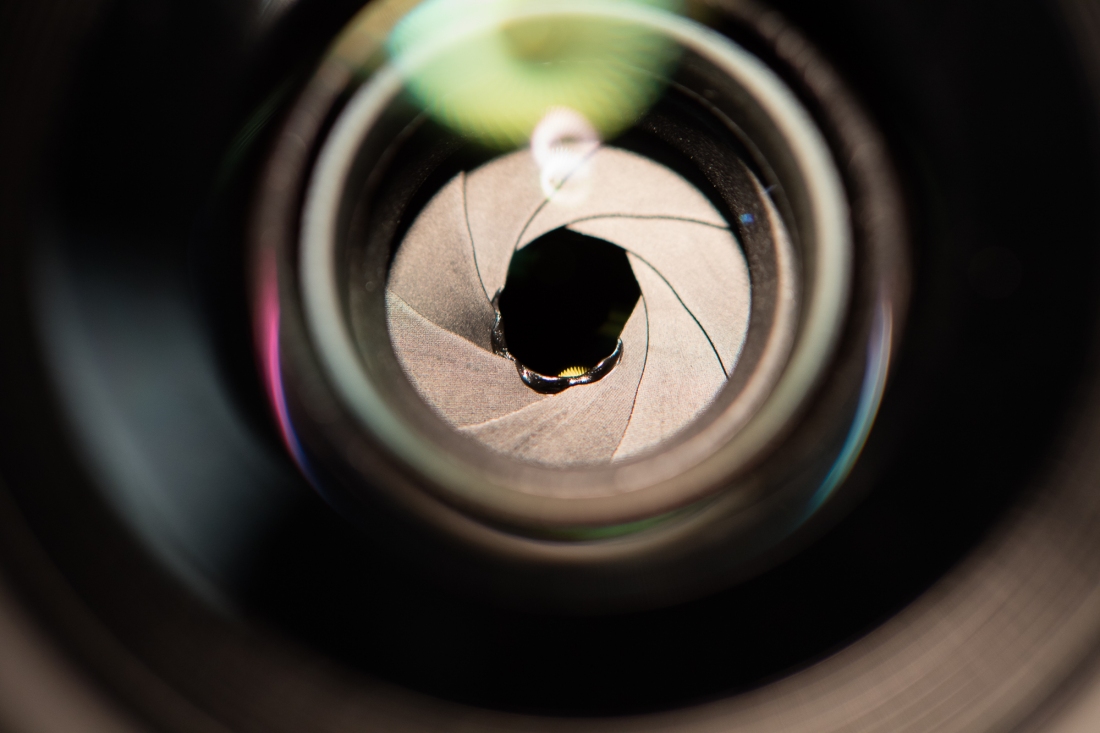
A heavy emphasis was put on the importance of protecting eyeballs leading up to the recent solar eclipse, and rightfully so. Sadly, some people didn’t get the memo that pointing your camera at the sun without special protection is also a bad idea.
The camera rental company saw an uptick in gear rentals leading up to the solar eclipse and warned customers that solar filters must be attached to the end of their lenses to protect the lens elements and camera sensors from damage.
When the celestial event passed and returns started flowing in, LensRentals noticed that some of its gear had been damaged by the sun. In a recent blog post, the company shared photos of some of the damaged hardware which included melted sensors, burnt shutter systems, mirror damage and more.
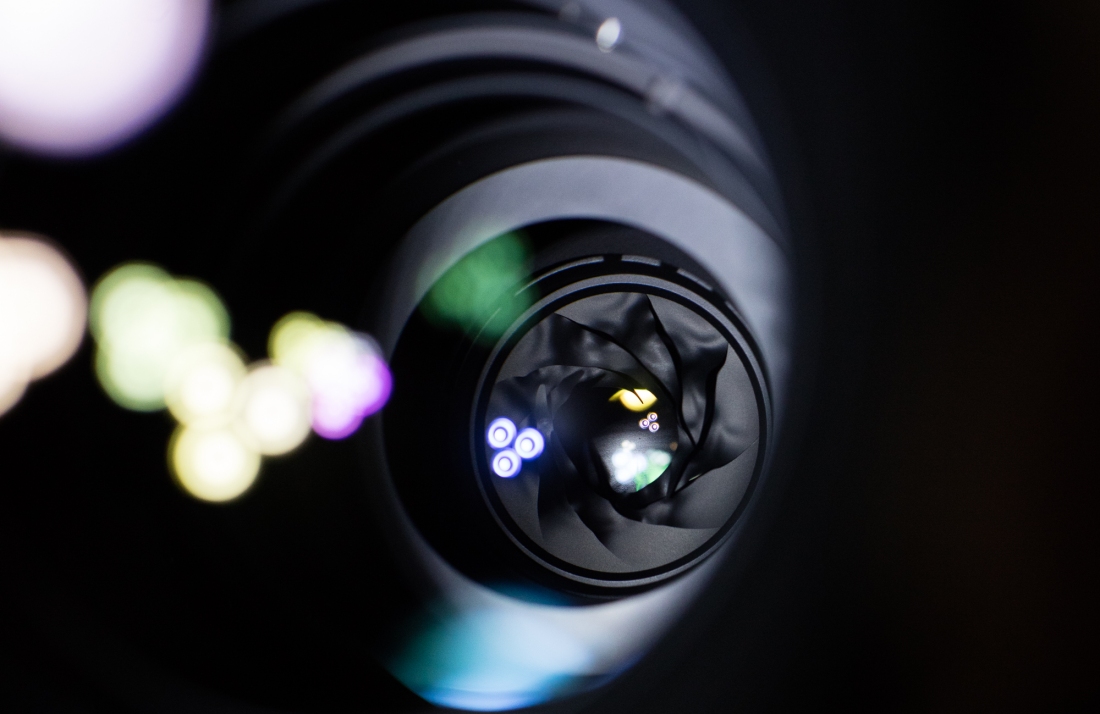
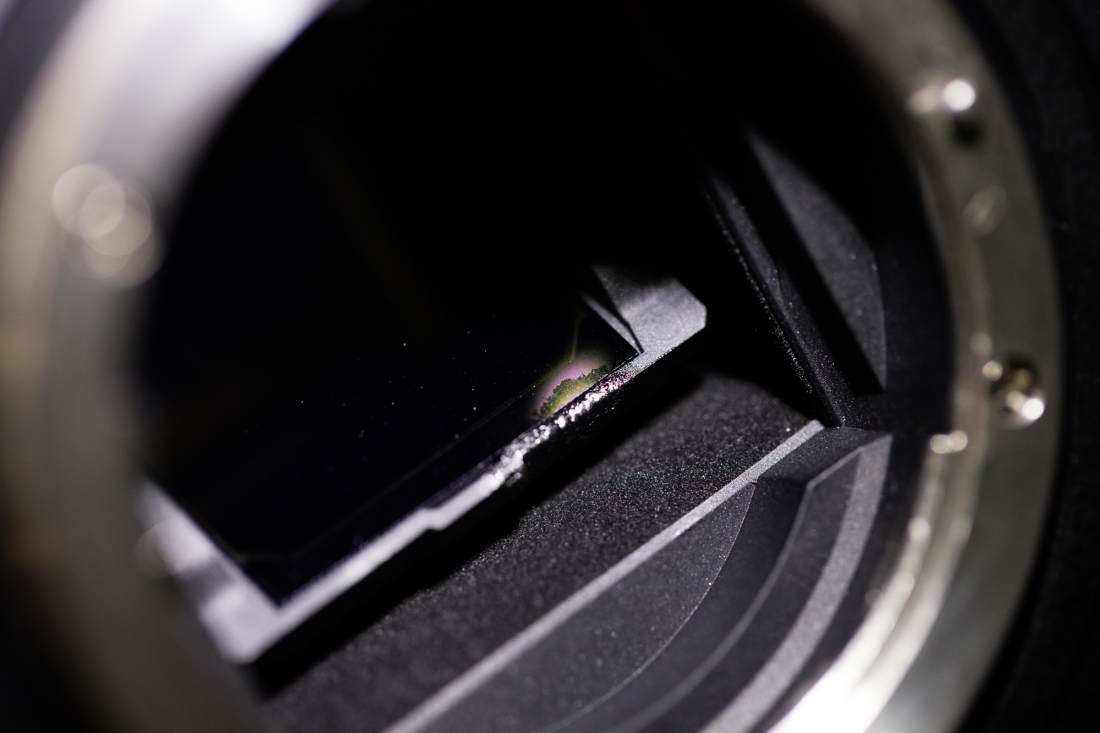
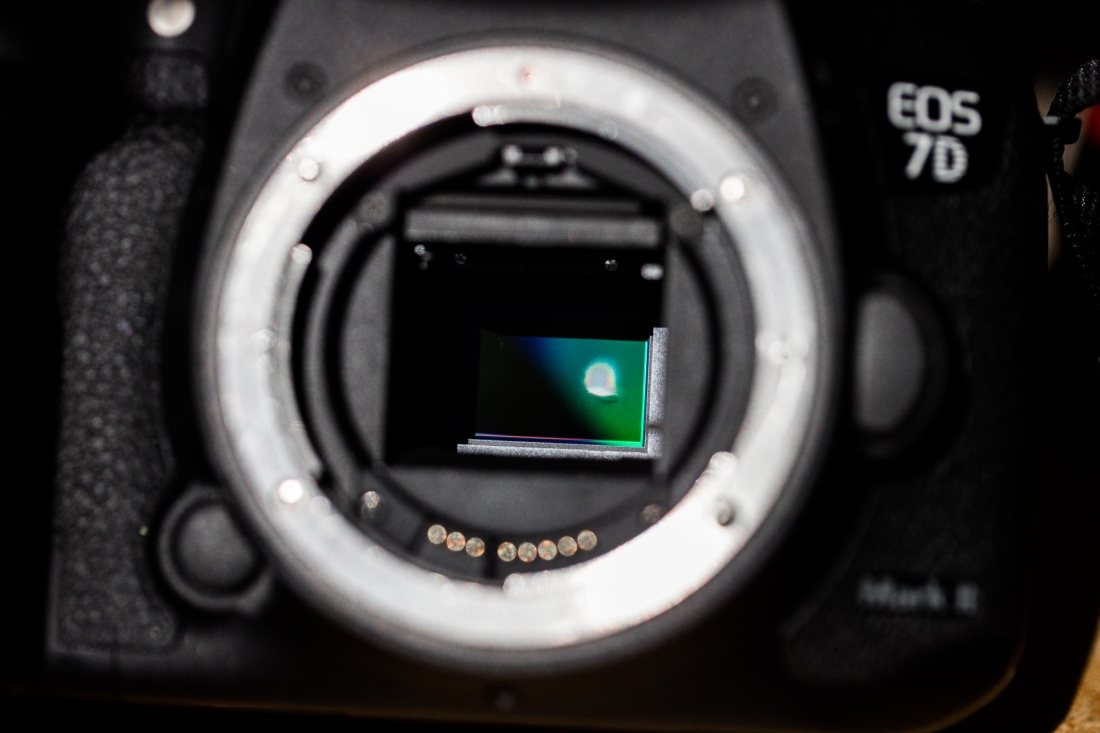
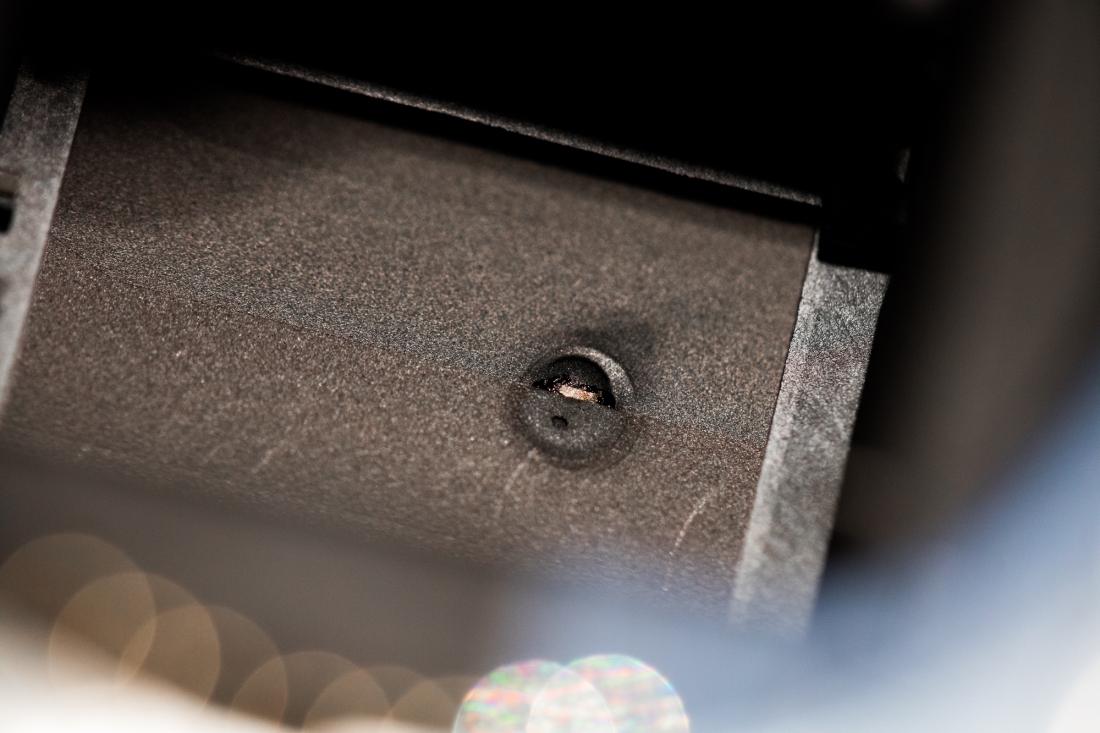
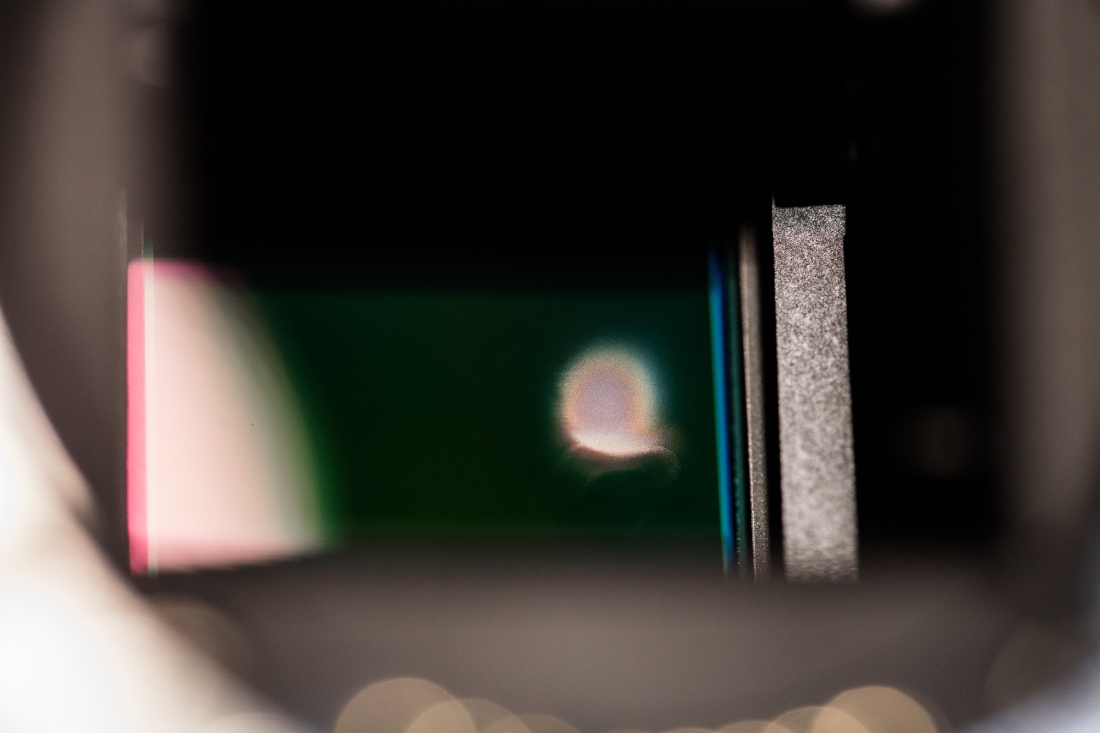
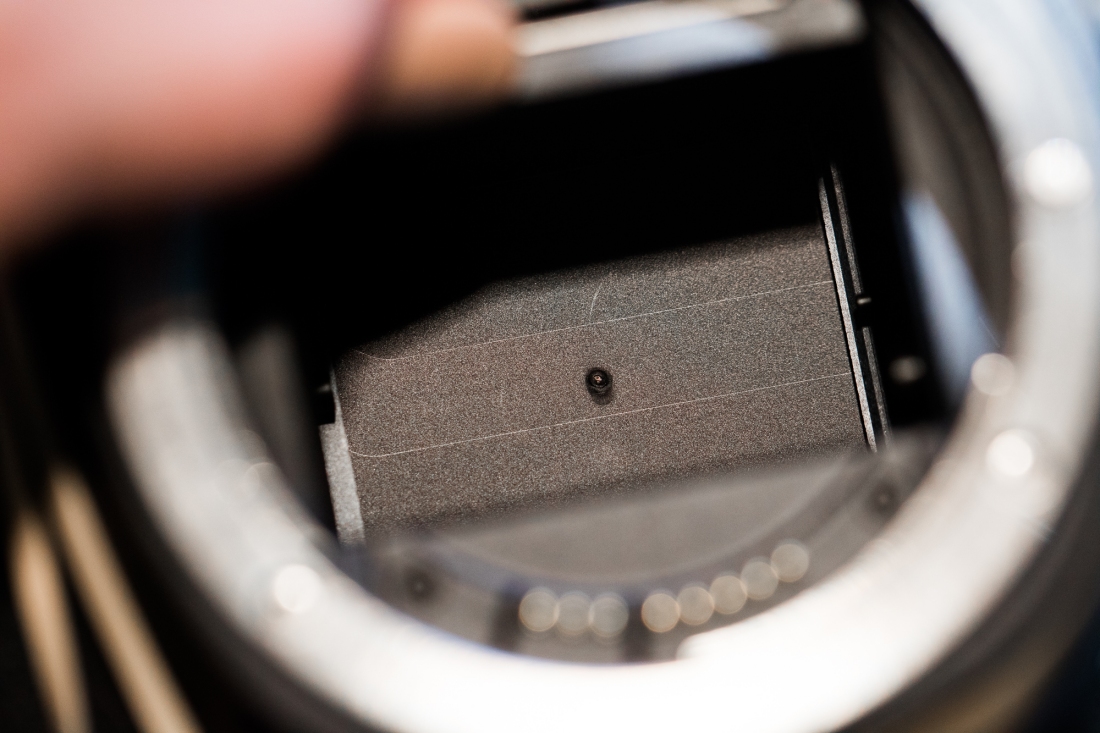
LensRentals said it was really impressed with how few pieces of gear they got back damaged. Unfortunately, the company views the damage as neglect because customers were warned about the danger associated with pointing an unprotected camera at the sun.
Found is a TechSpot feature where we share clever, funny or otherwise interesting stuff from around the web.
Images courtesy LensRentals
https://www.techspot.com/news/70829-burn-rental-camera-gear-destroyed-solar-eclipse.html
